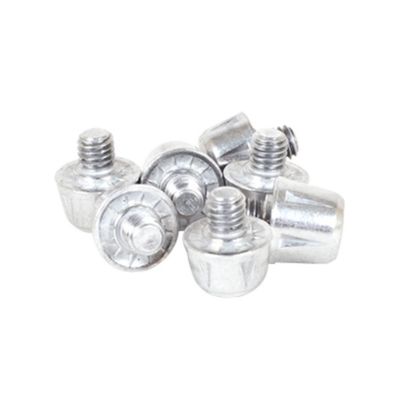
Une grande première : le tout premier maillot Pré-Match Rugby du XV de France
Une première historique pour le XV de France : Adidas dévoile le tout premier maillot Pré-Match. Design audacieux, technologie de pointe, fierté assumée.
Have a question? Do you need information? We are at your disposal at: [email protected]
We do our best to answer you as quick as possible.
Each message will be treated personally and with great consideration from our office in Paris.
To facilitate our exchanges, please do not send multiple emails in order not to delay the processing of your request.
We do our best to process your request within 48 hours and we commit ourselves to answering you within 72 hours at the latest.
If you have not received a reply from us after 72 hours, please check your spam folder :)!
Sincerely yours.

Une première historique pour le XV de France : Adidas dévoile le tout premier maillot Pré-Match. Design audacieux, technologie de pointe, fierté assumée.

Whether you are an experienced player or a parent attentive to your child’s equipment, it is essential to choose replacement studs that are compatible with your boots. A wrong choice can impact your performance, reduce comfort, and even increase the risk of injury.
There are studs adapted to each boot model. Discover all our available studs on Boutique-Rugby.com.